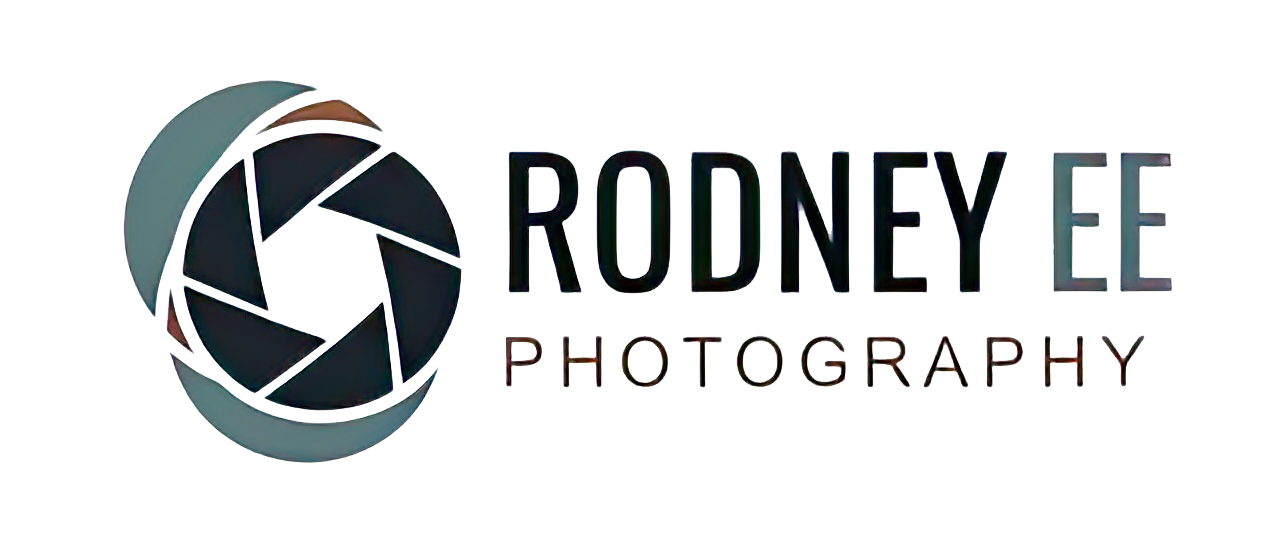Low Key Photography
Embracing the Shadows: The Art and Beauty of Low Key Photography
In a world saturated with bright, airy photos, there's a powerful and dramatic style that stands apart: low key photography. Unlike its high key counterpart, which is all about light and brightness, low key photography thrives in the shadows. It's a style that uses darkness to create mood, depth, and a sense of mystery.
For me, low key photography is more than just a technical skill; it's a way of seeing the world. It’s about finding beauty in the absence of light and using those deep shadows to draw the viewer’s eye exactly where you want it to go.
What Exactly is Low Key Photography?
At its core, low key photography is a lighting technique that uses a predominantly dark tone to create a dramatic effect. This is achieved by using a single, often small, light source against a dark background. The majority of the image is left in shadow, and the limited light source is used to highlight key features, textures, and details.
Think of a classic film noir movie poster or a striking portrait of an old master's painting. That’s the kind of intense, captivating atmosphere we're talking about. The absence of light isn't a mistake; it's a deliberate and powerful tool.
Why I Love Shooting Low Key
1. It Creates Drama and Emotion The heavy use of shadows creates a sense of mood and intrigue that bright, evenly lit photos can't always achieve. It allows the viewer to focus on the story or emotion of the subject without distractions. A low key portrait of a person can feel more pensive, serious, or powerful. For still life or product photography, it can make an ordinary object feel elegant and sophisticated.
2. It Highlights Texture and Detail With low key lighting, the light source is often placed at an angle to the subject. This technique is fantastic for revealing and emphasizing texture. The light skims across the surface, creating deep shadows that make the small details—like the wrinkles on a face, the grain of wood, or the petals of a flower—pop with incredible clarity.
3. It's Minimalist and Elegant By stripping away everything but the essential light, low key photography forces you to focus on the subject. The dark background removes distractions, allowing the subject to stand alone in its own space. This minimalist approach often results in incredibly clean and elegant compositions.
Getting Started with Low Key Photography
You don't need a fancy studio to start experimenting with this style. All you really need is:
A Single Light Source: This could be a studio strobe, a continuous LED light, or even a simple desk lamp. The key is to control the light and keep it focused on your subject.
A Dark Background: A black or dark grey backdrop works perfectly. If you're shooting at home, a dark blanket or even a shaded corner of a room can do the trick.
Manual Camera Settings: You’ll want to shoot in manual mode to have full control over your exposure. Start with a low ISO (to minimize noise in the shadows), a narrow aperture (like f/8) for sharp details, and adjust your shutter speed to get the right exposure on your subject.
The next time you pick up your camera, challenge yourself to step away from the bright lights and embrace the shadows. You might be surprised by the dramatic and beautiful world you uncover.

